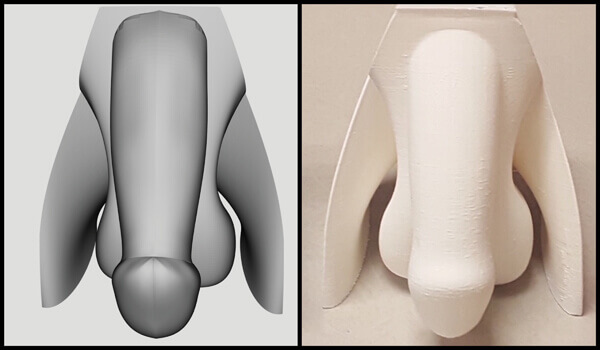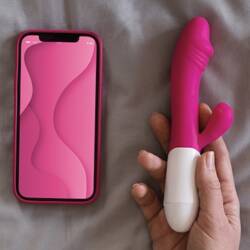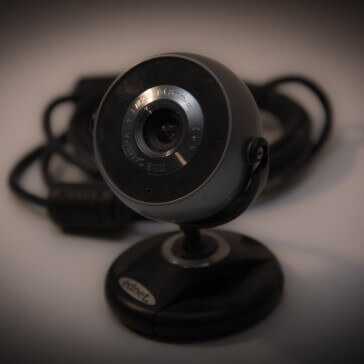Researchers Want to Use 3D-Printed Genitals to Teach Blind Students About Sex
Pilot program focuses on making sex ed more accessible.

In a bid to make sex education more inclusive, groups in the United States have teamed up to create 18 3D-printed models of sex organs, including a flaccid penis, an erect penis, and a vaginal opening. They hope the models will make sex education more meaningful to students with visual impairments.
The organizations include Benetech, a non-profit organization based in Palo Alto, California, Northern Illinois University (NIU), and LightHouse for the Blind and Visually Impaired in San Francisco.
Visual aids like graphics, pictures, and videos are such core aspects of medically accurate sex education classes that most students with visual impairments have trouble participating, the researchers say. A 2014 study led by Dr. Stacy Kelly of NIU, who is a part of the effort, found 61% of adults with visual impairments had to rely on verbal explanations because it was difficult to learn from teaching materials.
Even with 2D tactile pictures of sex organs, it’s difficult for blind students to generalize information in the courses, said Dr. Gaylen Kapperman, also of NIU and involved with the project. Three-dimensional models “are the only types of models that make any sense to blind people.”
There are an estimated 285 million people with visual impairment worldwide, of which 39 million are blind, according to the World Health Organization. Approximately 19 million children below age 15 are visually impaired, including 1.4 million who are irreversibly blind.
Lower costs, more diversity
The use of 3D-printing to produce realistic models can drastically reduce costs for schools. Commercially available models cost hundreds of dollars, according to Benetech. Such high prices make it difficult to justify purchase for schools that may only have one blind student every few years. In the United States, for example, the vast majority of blind students attend mainstream schools and spend 80% or more of their time with children without visual impairments.

The research group is still looking into the most effective ways to distribute the models. Worldwide shipments of 3D printers were estimated to have doubled in 2016 to 455,772 units, according to the latest report from research firm Gartner. But schools may have different types of printers, and many do not have a printer at all.
That’s why Benetech, NIU, and Lighthouse for the Blind are testing the program this spring with five middle and high schools, including those with and without 3D printers. It will provide files for teachers to print on their own and already-printed models for teachers who can’t.
The organization will use the pilot to determine how teachers acquire the models, and to capture the specs for differences between printers. Once teachers have been able to test the models in their classes, Benetech says it will disseminate the findings and plans to continue research.
Three of the 18 models are being tested now. “If this pilot is successful and funding is available, we will look to design up to 15 more models to support sex education programming not only for students who are blind but also for students with other disabilities, or maybe no disabilities at all,” a Benetech spokeswoman said.
Image sources: Benetech, Lighthouse for the Blind and Visually Impaired
Loretta Chao is a reporter covering sex from New York. You can follow her on Twitter @lorettachao
Leave a reply
You must be logged in to post a comment.

















